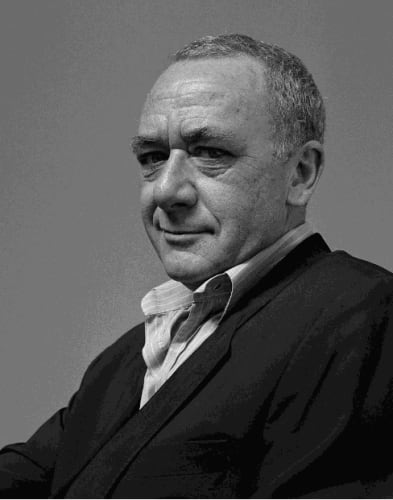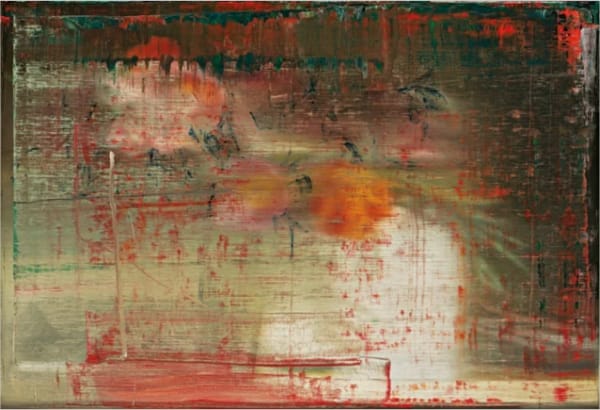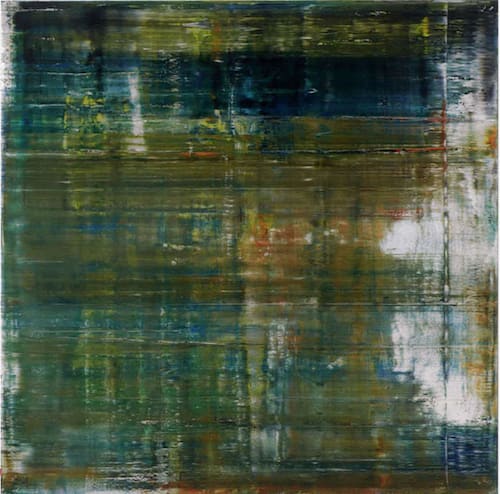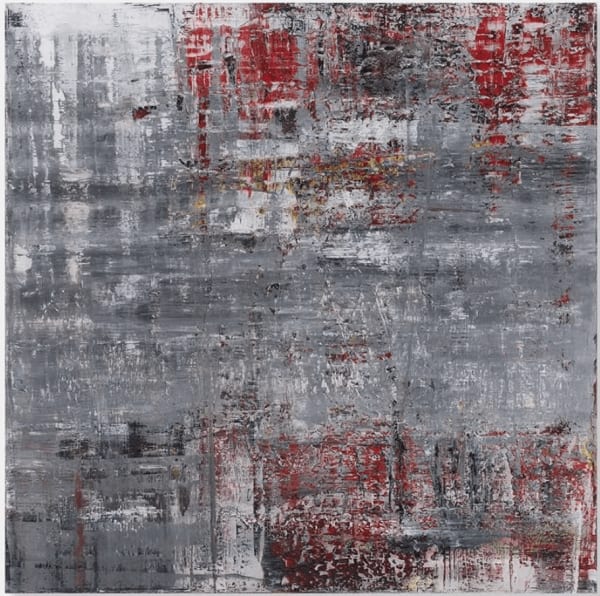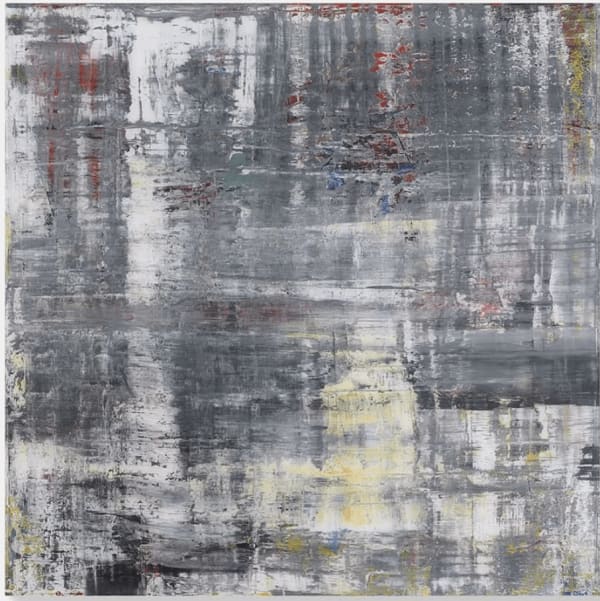"Picturing things, taking a view, is what makes us human; art is making sense and giving shape to that sense."
Gerhard Richter stands as one of the most influential artists of the 20th and 21st centuries, renowned for his profound exploration of perception, representation, and the nature of reality itself. With a career spanning over six decades, Richter has continually pushed the boundaries of artistic expression, traversing various styles and mediums to create a body of work that challenges viewers to reconsider their understanding of art and the world around them.
Gerhard Richter was born on February 9, 1932, in Dresden, Germany, during a period of political upheaval and social transformation. Growing up in the tumultuous atmosphere of Nazi Germany and later in the aftermath of World War II, Richter's early experiences would profoundly shape his artistic sensibilities.
In 1951, Richter began his formal artistic education at the Dresden Academy of Fine Arts. However, his time at the academy was cut short as he fled to West Germany just before the construction of the Berlin Wall in 1961. This pivotal moment marked the beginning of Richter's journey as a pioneering figure in contemporary art.
Richter's artistic evolution is characterized by a relentless pursuit of innovation and experimentation. He rejected the constraints of traditional artistic conventions, instead embracing a diverse range of styles and techniques. From photorealism to abstraction, from painting to photography, Richter's oeuvre defies easy categorization, reflecting his refusal to be confined by any single artistic identity.
One of Richter's most iconic bodies of work is his series of "Blur" paintings, where he deliberately obscures photographic images through layers of paint, challenging the viewer's perception and inviting them to question the reliability of visual representation. These paintings, with their ethereal quality and ambiguous subject matter, embody Richter's fascination with the elusive nature of truth and memory.
Throughout his career, Gerhard Richter has received widespread acclaim and recognition for his contributions to the world of art. His work has been exhibited in major museums and galleries around the globe, cementing his status as a seminal figure in contemporary art history.
Beyond his own artistic practice, Richter's influence extends far and wide, inspiring countless artists to explore new possibilities and redefine the boundaries of their craft. His emphasis on process over product, his willingness to embrace contradiction and ambiguity, and his unwavering commitment to artistic integrity continue to resonate with artists and audiences alike.
Gerhard Richter's legacy is not merely confined to the realm of art; it is a testament to the power of human imagination and the boundless potential of creative expression. Through his relentless pursuit of innovation and his unyielding dedication to his craft, Richter has not only transformed the way we perceive art but has also challenged us to see the world with fresh eyes, reminding us that the true essence of reality lies not in what we see but in how we choose to interpret it.


